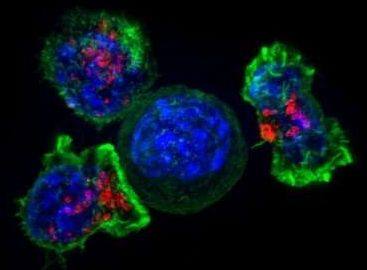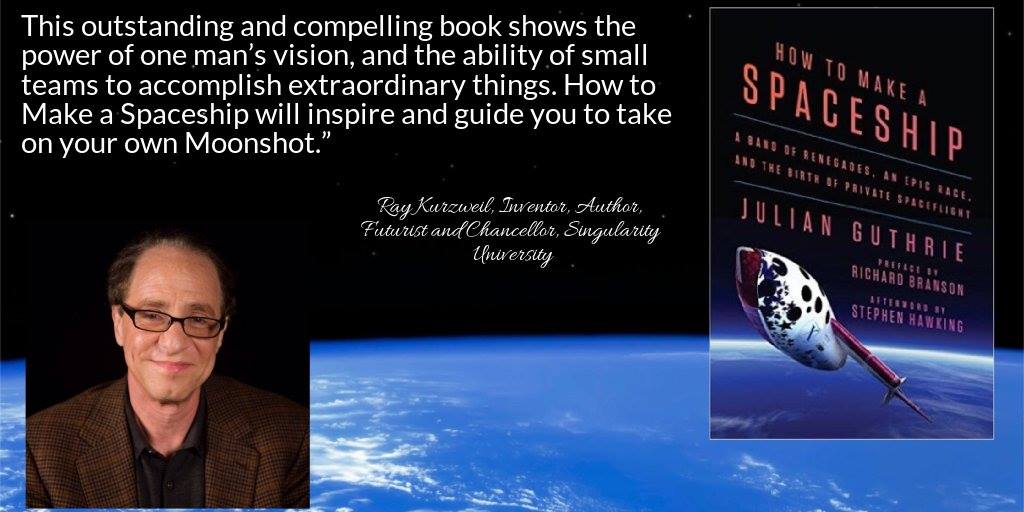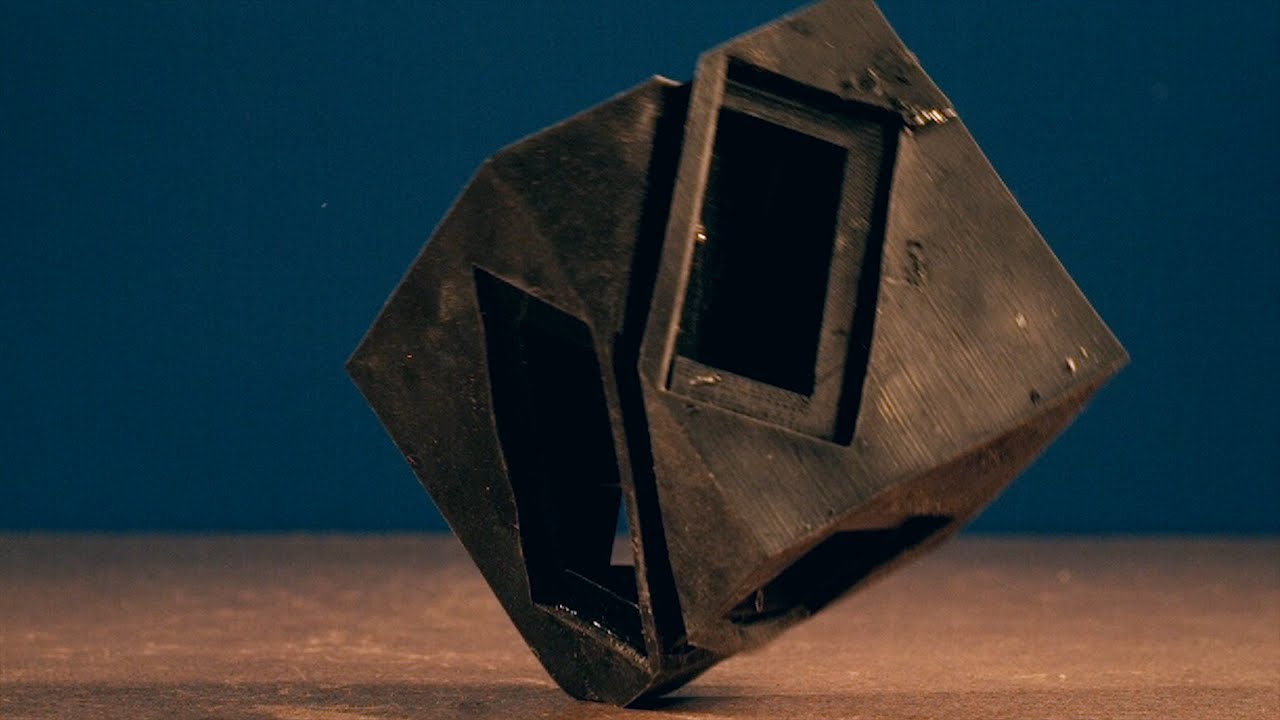Oct 4, 2016
Programmable T cells chase down cancer, deliver drugs directly to tumors
Posted by Steve Hill in category: biotech/medical
Customised immunotherapy for treating cancer is part of the new generation of biotech solutions to diseases.
UC San Francisco scientists have engineered human immune cells that can precisely locate diseased cells anywhere in the body and execute a wide range of customizable responses, including the delivery of drugs or other therapeutic payloads directly to tumors or other unhealthy tissues. In experiments with mice, these immune cells, called synNotch T cells, efficiently homed in on tumors and released a specialized antibody therapy, eradicating the cancer without attacking normal cells.
As reported in the Sept. 29, 2016, online edition of Cell, in addition to delivering therapeutic agents, synNotch cells can be programmed to kill cancer cells in a variety of other ways. But synNotch cells can also carry out instructions that suppress the immune response, offering the possibility that these cells could be used to treat autoimmune diseases such as type 1 diabetes or to locally suppress immune system rejection of transplanted organs.
Continue reading “Programmable T cells chase down cancer, deliver drugs directly to tumors” »
















